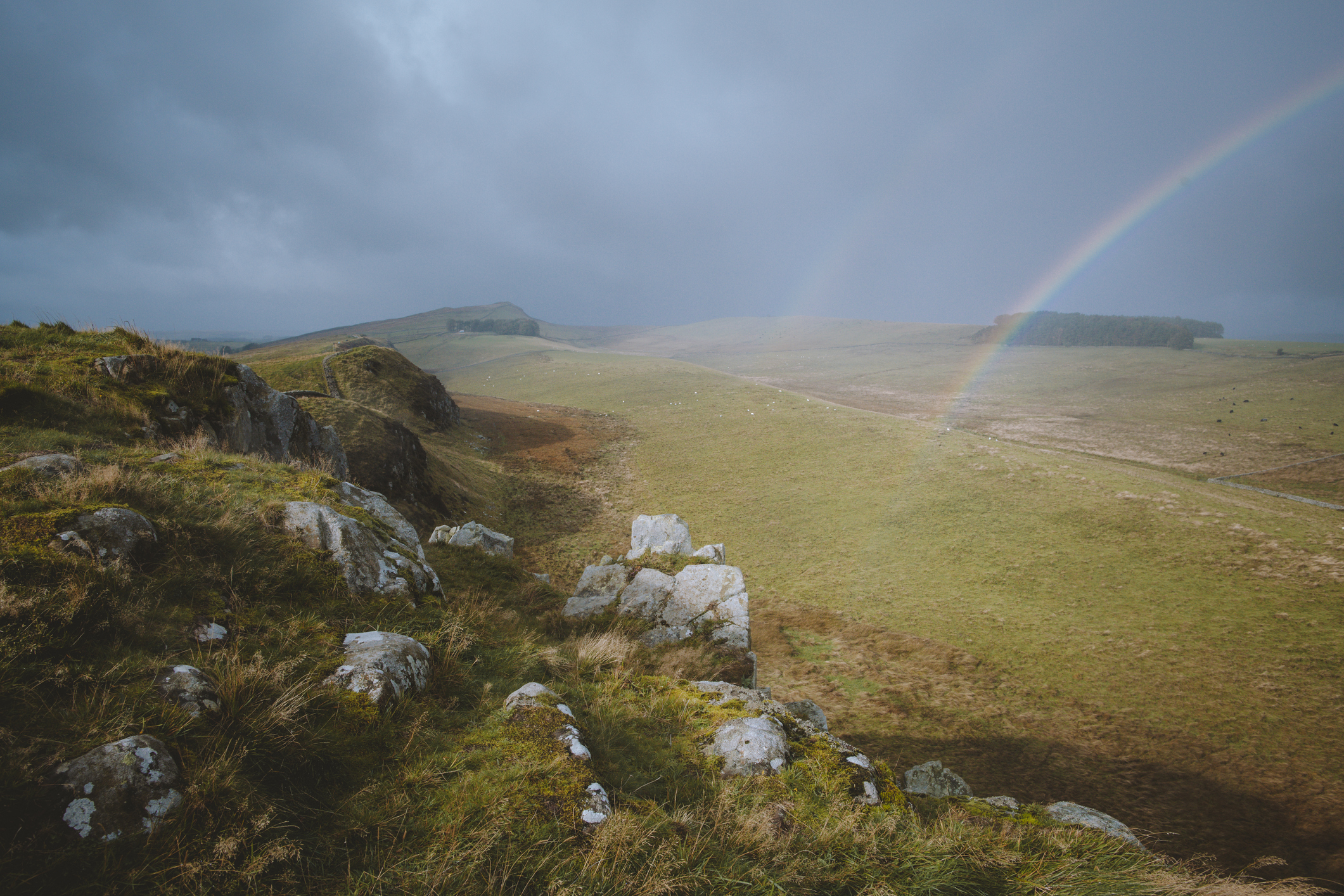A walk around St Albans and its cathedral — a 'welcoming place, and proud of it'
Fiona Reynolds explores the ancient city of St Albans to discover how its cathedral connects with the people and geography of the surrounding area.


St Albans Cathedral in Hertfordshire has two faces. From the High Street, the easiest way in, there’s a new Welcome Centre snuggled cleverly between the Norman Abbey and 20th-century Chapter House. Entering that way into the south transept, there’s an eye-catching view of the Crossing and Rose Window. It’s a spectacular, if slightly confusing way to enter a cathedral, as you have to work your way westwards to find the glorious nave, said to be the longest in England.
From the south and west, St Albans sits on a green hill, its nave and squat Norman tower commanding the view. It is a popular cathedral and, on the day of our visit, it’s wonderfully full of young mums with buggies, purposeful yoga participants and guided tour parties. This is a welcoming place — and proud of it. Therefore, I want to walk this small city — listed 2nd on a recent 'places to live' ranking — to see how its cathedral connects with the people and the geography of the surrounding area.
It’s one of England’s oldest foundations, named for St Alban, who is said to have sheltered the priest Amphibalus in the 4th century. Their elaborate and beautifully presented tombs are testament to its celebration of the past — and the seven painted martyrs in the nave screen, crafted by my dear friend, the much-missed Rory Young, show how the cathedral is also forward-looking, confidently commissioning new art.
'I’m glad I’ve seen more than one face of this city, which, like the cathedral, feels both welcoming and full of character'
It’s a gorgeous, albeit freezing cold day as I set out and, after my cathedral visit, the sun won’t last long. I choose a figure-of-eight walk, centred on the River Ver, and turn eastward first. The young river bubbles as I follow it from below the cathedral, passing busy allotments and flowing under Cottonmill bridge into Sopwell Nunnery greenspace. This is the riverside approach to the former nunnery and is now a nature-friendly walk. It’s flooded after the recent rain (although wet woodlands are important, the interpretation signs remind me) and I’m glad of the boardwalk.
I climb to an old railway track, where I join a lane running alongside the golf course towards Sopwell village. At this point, I rejoin the River Ver, now on the Ver Trail, and follow it southwards, turning back towards the city just before the bypass roars over me.
The cathedral feels a long way away now. I’m in a densely populated housing estate, in St Julian’s district (named after a medieval leper hospital near Watling Street) and I take a long footpath between wonkily fenced back gardens. It’s school coming out time and I’m quickly surrounded by infants and then the juniors, navigating prams and bicycles, all of us eager to be home before the light fades.

After passing the charming flint and steepled church of St Stephen’s, I stride across parkland towards Roman St Albans. Now, the landscape opens out and the cathedral, up to my right, is lit pink and orange by the glowing, sinking sun. I reach the huge mound, which is the remains of the Roman wall that once surrounded the hypocaust, and follow it, my eyes on the beautiful cathedral on its hill. Then I descend again to the river, once devoted to fishing and milling, now the play areas of Verulamium Park.
Exquisite houses, the beauty of Nature, and how to get the most from your life, straight to your inbox.
I cross the Ver by Kingsbury Mill to reach Fishpool Street, which once formed the main London road and must be one of the most charming streets in England with its brick-and-tile houses, former inns and shops jostling for space. Relaxed now that I’ll be back before dark, I walk slowly up the hill to the cathedral, in time to meet the pupils of St Albans school as they finish their day. It’s all lovely, but I’m glad I’ve seen more than one face of this city, which, like the cathedral, feels both welcoming and full of character.

The last peak conquered: Climbing Moel Eilio
A windy climb up Moel Eilio in Snowdonia ticks an outstanding North Wales box, as Fiona Reynolds shares.

A walk of wonder: The enduring beauty of the Kingston Lacy beech avenue
Fiona Reynolds takes a stroll around ancient Badbury Rings leads to Kingston Lacy, where an 188-year-old avenue of trees stands

Hadrian's Wall in an English summer: Wind, rain, and unforgettable beauty
Solitary daily pacing of Hadrian’s Wall, in the footsteps of Roman soldiers, brings back family memories for Fiona Reynolds.

Stonehenge, Avebury and the stone circles of Britain, with Professor Vicki Cummings
One of Britain's top experts on stone circles, Professor Vicki Cummings, joins the Country Life podcast.
Fiona Reynolds is chair of the Food, Farming and Countryside Commission, the former director-general of the National Trust, former Master of Emmanuel College, Cambridge, and the author of The Fight for Beauty. Follow her on Twitter @fionacreynolds.
